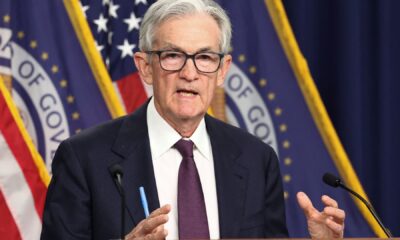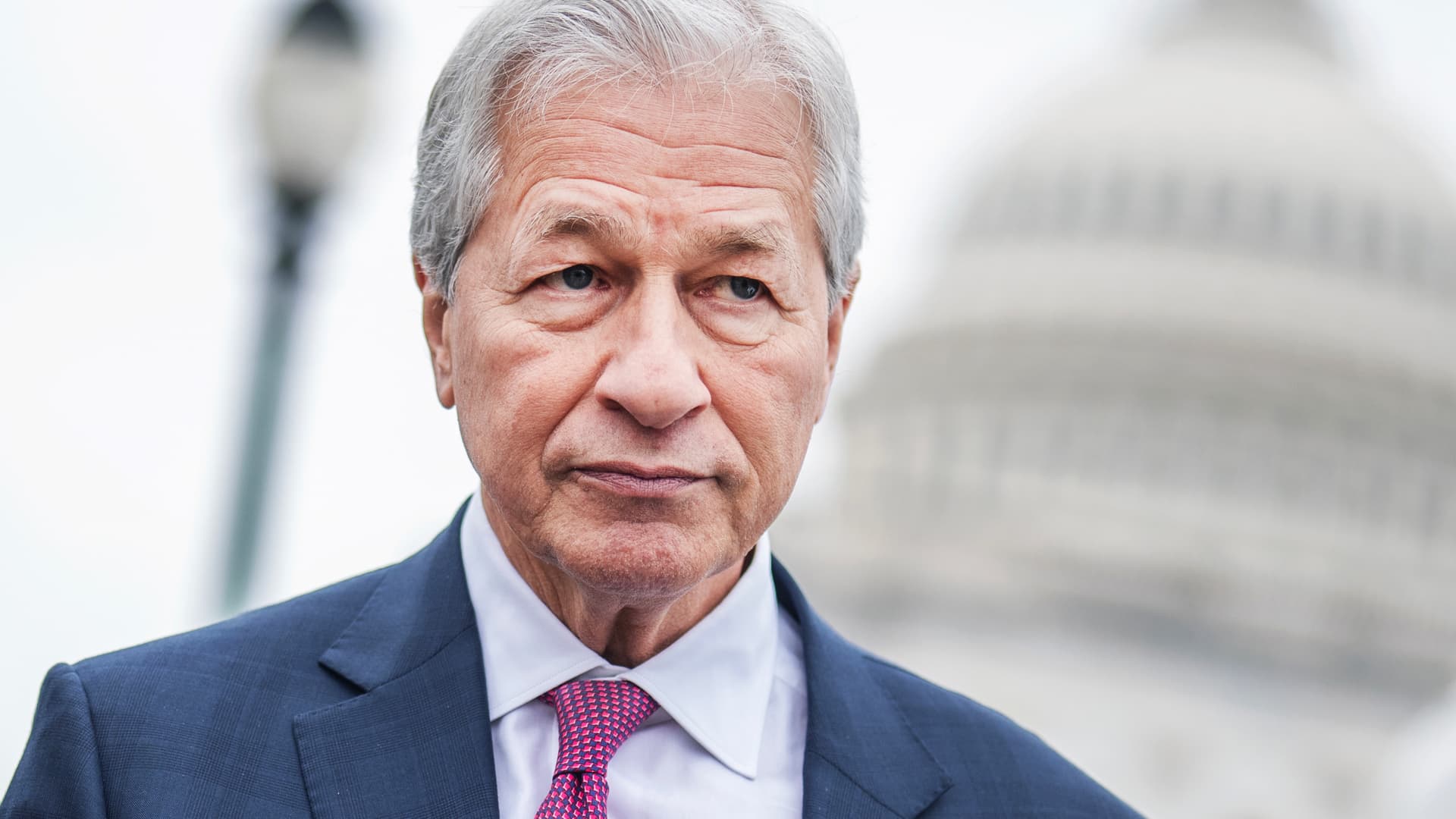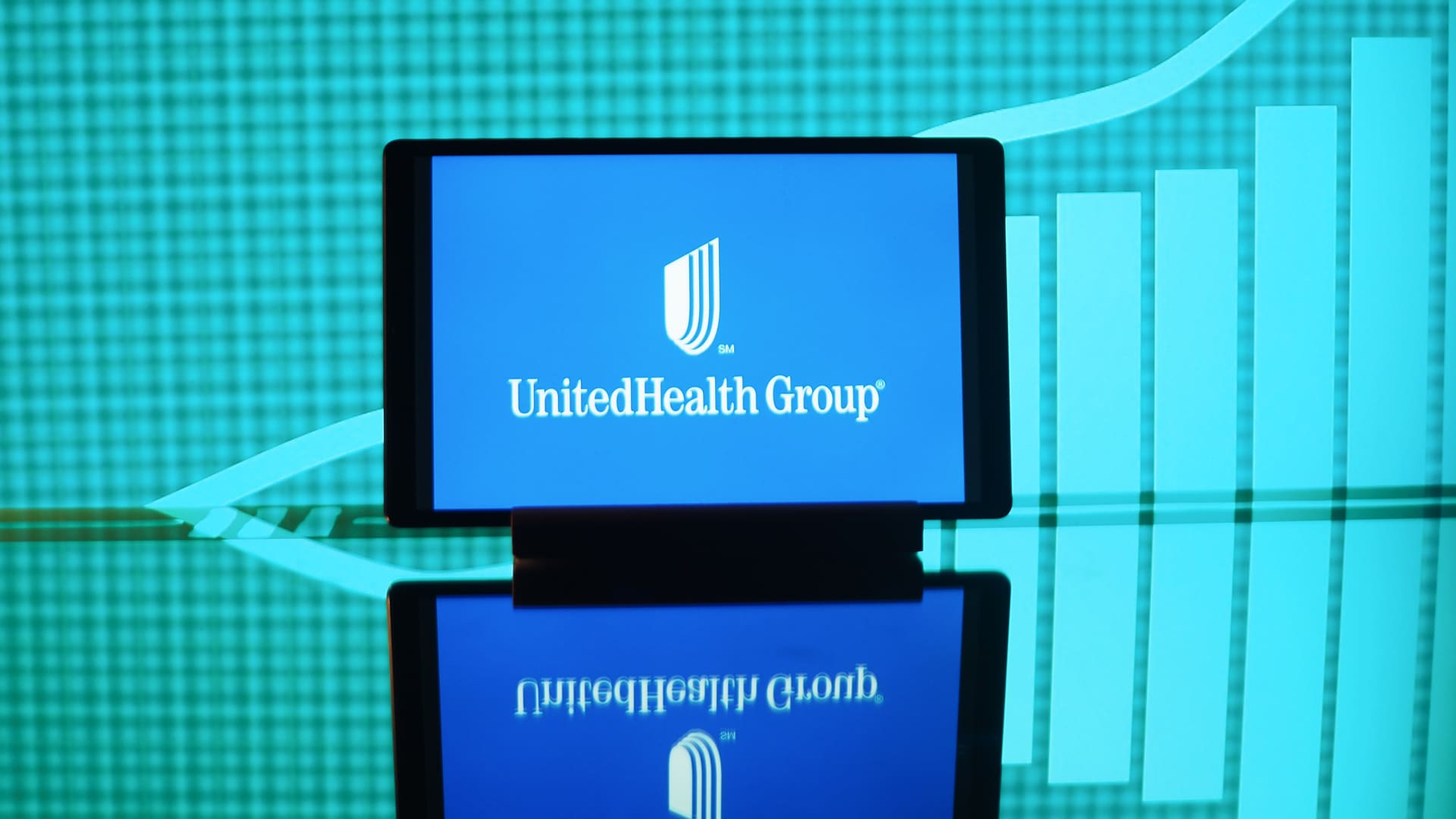Buyers may finally get the upper hand in the housing market. (iStock)
As buyers retreat from housing, some home sellers have had to cut their listing price to close the sale, a recent Zillow report said.
Nearly 1 in 4 sellers have had to cut prices to try and get buyers struggling with affordability interested in buying – 24.5% of listings in June had a price cut, up from 23.8% the previous month. The lack of buyer appetite is also contributing to an increase in inventory. The total number of homes on the market increased 4% from May to June to stand nearly 23% above last year’s low level. Well-priced and marketed listings are still selling relatively quickly.
Market dynamics are shifting toward a pre-pandemic normal in terms of competition among buyers and their negotiating power, Zillow said.
“A growing segment of homes that aren’t competitively priced or well marketed are lingering on the market,” Zillow Chief Economist Skylar Olsen said. “Sellers are increasingly cutting prices to entice buyers struggling with affordability.”
“For years, the housing market has been defined by fast sales and few options,” Olsen continued. “Now it’s starting to look more like it did before the pandemic in terms of competition, if not costs. As the wait for mortgage rate relief drags on, slower price growth and even dips in some areas will help buyers catch up on saving for a down payment.”
If you’re considering becoming a homeowner, it could help to shop around to find the best mortgage rate. Visit Credible to compare options from different lenders and choose the one with the best rate for you.
MIDDLE-INCOME AMERICANS FEEL MORE OPTIMISM ABOUT FINANCES AND ECONOMY’S DIRECTION: SURVEY
Home price appreciation slows
Buyers continue to struggle to get a foot on the housing ladder due to affordability challenges mainly driven by expensive borrowing rates and high home prices. According to Zillow, the typical mortgage payment is up 6% from last year and has increased by 112.5% since the pandemic.
The good news is that there is evidence that home price appreciation is slowing in some markets, Zillow said. The typical home value increased by 0.6% in June to $362,482, but the monthly growth is the lowest seen in any June since 2011. Zillow has forecasted home values to rise just 1% nationally through June 2025, which could give buyers who are currently in the market some relief.
“Home value growth has slowed as inventory rises,” Zillow said. “Annual appreciation is a reasonable 3.2% nationally, down from a 2024 peak of 4.6% in March. Monthly growth has decelerated to 0.6% — the slowest June appreciation since 2011. Slower home value growth in the months ahead could give struggling buyers a chance to make up ground.”
If you’d like to see if you qualify for a mortgage based on your current credit score and salary, consider visiting Credible, where you can compare multiple mortgage lenders at once.
76% OF BUY NOW, PAY LATER USERS SAID IT HELPED IMPROVE THEIR FINANCIAL SITUATION BUT BEWARE OF RISKS: SURVEY
Mortgage rates tip lower
Mortgage rates have tumbled for several weeks running, dropping to the lowest level since mid-March. Strong economic data and a positive inflation report provide some reassurance that the Federal Reserve may finally pull the trigger on interest rate reductions.
The Fed, which has held its policy rate in the 5.25%-5.50% range for the past year, may soon cut borrowing costs. Speaking at the Economic Club of Washington D.C. earlier this week, Fed chair Jerome Powell said that due to the policy’s long lag effect, the central bank won’t wait for inflation to hit the 2% target rate before cutting interest rates. Instead, it seeks greater confidence that inflation will return to the target before initiating rate cuts.
“Fortunately, June’s more moderate jobs report and cooling CPI were solid readings that should help the Fed gain more confidence that the economy is moving in the right direction and could raise hopes for a rate cut signal in the July FOMC statement,” Realtor.com Economist Jiayi Xu said in a statement.
If you are ready to shop for the best rate on a new mortgage, consider visiting an online marketplace like Credible to compare rates with multiple lenders at once.
HIGH HOMEOWNERS INSURANCE RATES SCARING AWAY FLORIDA HOMEBUYERS, OTHER STATES FACE THE SAME ISSUE
Have a finance-related question, but don’t know who to ask? Email The Credible Money Expert at [email protected] and your question might be answered by Credible in our Money Expert column.

 Accounting1 week ago
Accounting1 week ago
 Finance1 week ago
Finance1 week ago
 Economics6 days ago
Economics6 days ago
 Finance1 week ago
Finance1 week ago
 Economics7 days ago
Economics7 days ago
 Economics1 week ago
Economics1 week ago
 Personal Finance5 days ago
Personal Finance5 days ago
 Economics6 days ago
Economics6 days ago











